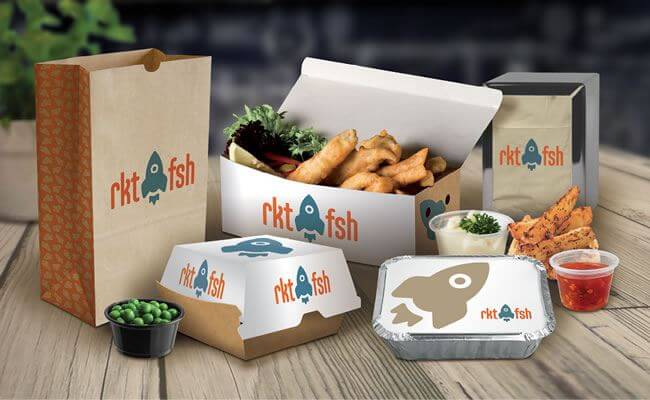In recent years, advances in food safe inks have become crucial in the packaging industry. As consumers become more conscious of health and safety, the demand for food safe inks has surged. These inks are used in packaging to ensure that no harmful substances migrate into food products, preserving both the safety and quality of the food. This article explores the latest developments in this field and their implications for packaging.

The Importance of Food Safe Inks
Food safety is a top priority for consumers and manufacturers alike. The use of food safe inks in packaging is essential to prevent contamination. These inks are designed to comply with stringent safety standards, ensuring that they do not leach into food products. This is particularly important for items like edible decorations, where inks come directly into contact with food.
Recent Innovations in Food Safe Inks
Recent innovations have led to significant advances in food safe inks. One notable development is the creation of inks that are free from heavy metals and harmful chemicals. These inks use natural dyes and pigments, reducing the risk of contamination. Additionally, new formulations have improved the performance of inks on various packaging materials, such as paper and metal, ensuring vibrant colors without compromising safety.
Sustainability and Food Safe Inks
Sustainability is a key focus in the development of food safe inks. Manufacturers are now creating inks that are both biodegradable and recyclable, aligning with environmental goals. This shift not only enhances food safety but also contributes to reducing the environmental impact of packaging.
Technological Improvements
Technological advancements have played a significant role in the evolution of food safe inks. Innovations in inkjet and digital printing have allowed for more precise and efficient application of inks. This ensures consistent quality and reduces waste during the printing process. Furthermore, new testing methods have been developed to better assess the safety of inks, providing manufacturers with reliable data to ensure compliance with safety standards.
Challenges and Future Directions
Despite the progress made, there are still challenges to overcome in the field of food safe inks. One major challenge is the need for global standardization of safety regulations. Different regions have varying requirements, which can complicate production and distribution. However, efforts are underway to harmonize these standards, facilitating easier compliance for manufacturers.
Looking to the future, the industry is likely to see further innovations in food safe inks. With continued research and development, we can expect more sustainable and effective solutions to emerge, ensuring that food safety remains a priority in packaging.
Consumer Awareness and Education
Increasing consumer awareness about the importance of food safe inks is crucial. As consumers become more informed, they can make better choices about the products they purchase. Educational initiatives and clear labeling can help consumers identify products that use safe inks, fostering trust and confidence in brands.
Conclusion
The advances in food safe inks represent a significant step forward in ensuring the safety and sustainability of packaging. As the industry continues to innovate, it is essential for manufacturers, regulators, and consumers to work together to maintain high safety standards. By prioritizing food safety, we can protect public health and promote environmental responsibility.

FAQ
What are food safe inks?
Food safe inks are specially formulated inks used in packaging to ensure they do not contaminate food products. They comply with strict safety standards to prevent harmful substances from leaching into food.
Why are food safe inks important?
Food safe inks are important because they help prevent contamination of food products, ensuring consumer safety and maintaining the quality of the food.
How can consumers identify products with food safe inks?
Consumers can identify products with food safe inks by looking for labels and certifications that indicate compliance with safety standards. Additionally, educational resources can help consumers make informed decisions.
For more information on the safety and application of food safe inks, you can visit this article. You can also explore the impact of food safe inks on brand reputation to understand their significance.
This article contains affiliate links. We may earn a commission at no extra cost to you.






